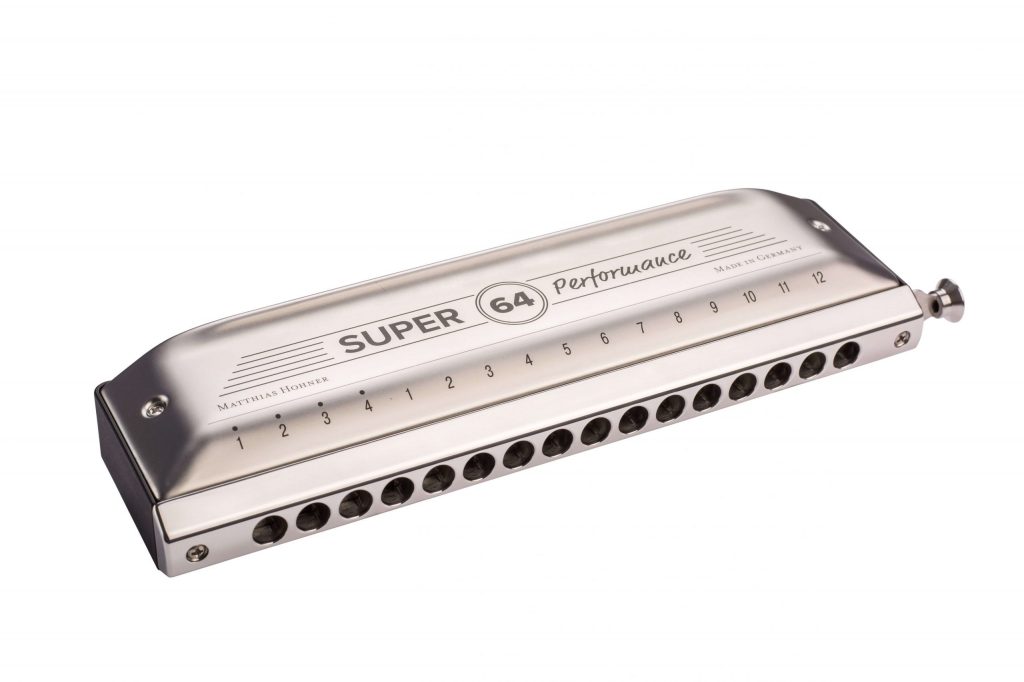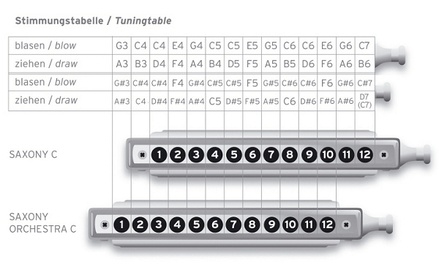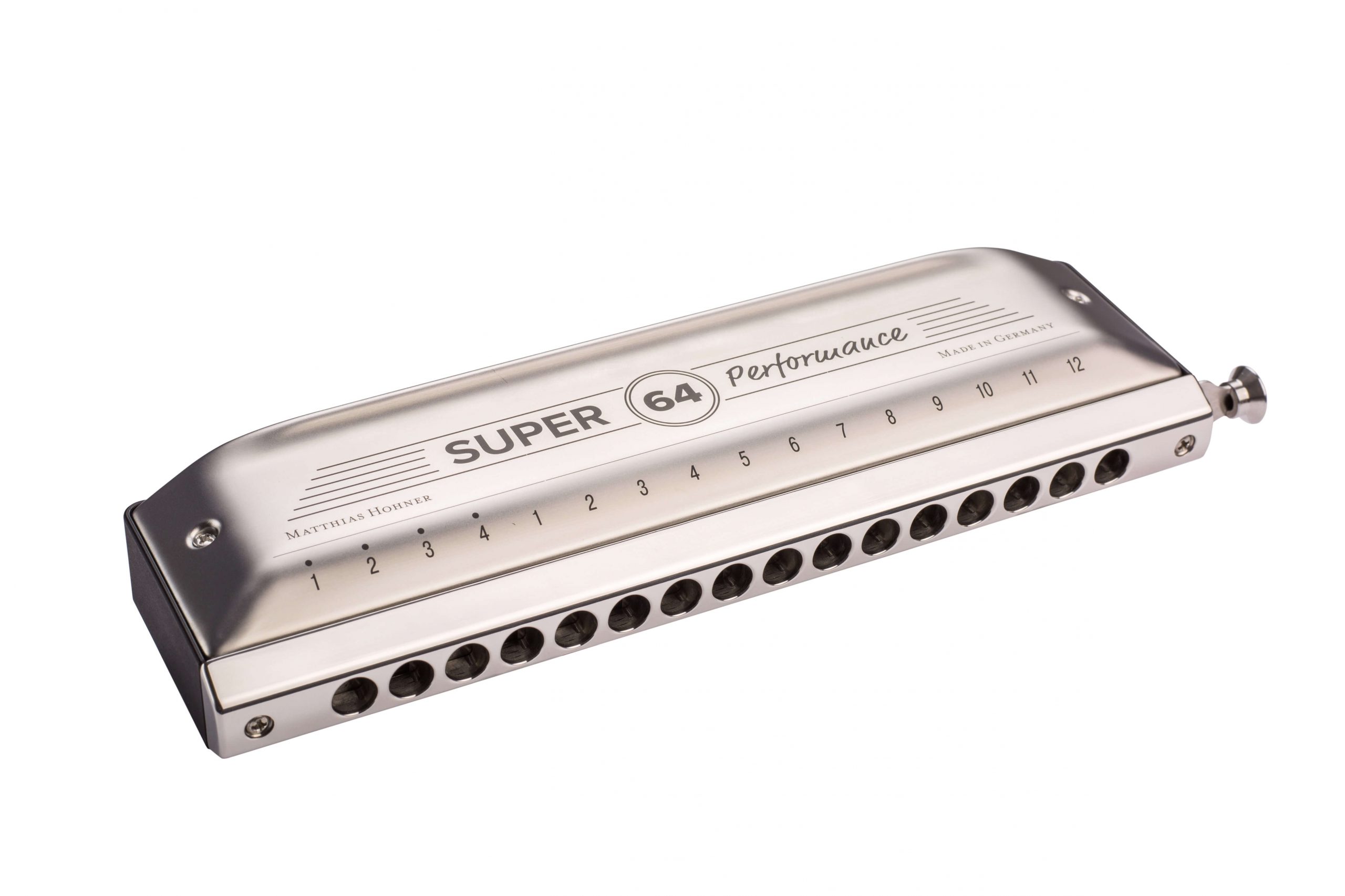Chromatic Harmonica Buying Guide – A chromatic harmonica has all 12 notes of the chromatic level available enabling an individual to play in virtually any key. On the C chromatic harmonica the button managed slide system allows the player to alternative between the scales of C and C# – in place it is similar to alternating between your white and dark records of the piano.
For quite some time Amazon Music never have only supplied top notch brands including Seydel and Hohner to countless customers but also to numerous top professional players from around the united states. All our Chromatic harmonicas are examined through bellows to ensure they play properly before despatch.
Chromatic Harmonica Buying Guide

Here we’ve provided with you some Q&A’s to further a*sist your buying decision.
Q. I play the diatonic and want to try the chromatic. Which one do I go for?
A: We stock lots of the top quality brands of harmonica including Hohner,Seydel,Suzuki and Hering chromatic harmonicas for the novice to the professional. Typically the most popular choice is the 12 opening chromatic in C. On the other hand you can test a single tuned diatonic like the Seydel Orchestra. They are just like a mini chromatic harmonicas.
Whilst the techniques are extremely similar in playing most harmonicas the note layout is somewhat different. The Chromatic harmonicas has more range than the diatonic and it is bigger in proportions. Chromatics vary in cost quite a bit depending on quality. An excellent quality starter chromatic can range between £50 upwards.
Q. What does the little button do on the side do?
A: The little button on the side is a slide button and when you press it, it open up the sharps and flats of the chromatic scale ie it plays the black notes as on a piano. This is a feature on mostly all chromatic harmonicas the we sell.
Q. Do I choose a 12,14 or 16 hole Chromatic?
A: Our constant stock includes all 3 types. It all depends on how much range you want from the instrument. The 12 hole has 48 notes available. The 14 opening has 56 records available and the 16 gap has 64 notes available. Most of the big manufacturers have 12-16 hole harmonicas available. Usually the 14 and 16 opening versions have more notes available at the bottom end of the harmonica rather than the top. Very high notes are not used as much and be quite a challenge to play cleanly.
Q. Do I go for a pinned together or screwed together harmonica. Does it make any difference?
A: Both are common build types. The more airtight the harmonica is, the easier and better they will play however the world’s most popular 12 hole chromatic is pinned together and has been so for many years. Certainly the top of the range harmonicas are screwed collectively.
Q. What are windsavers or valves? Should I go for windsavers on my Chromatic?
A: Generally they are fitted as standard on Chromatic harmonicas. In a nutshell they can make harmonicas easier to play. On harmonicas, ‘valves’ are flaps attached to the reed plate at the rivet over the slot opposite the reed. They are made out of a thin plastic strip, or pair of strips. They block the air stream during a draw from entering through the blow reeds (and vice versa for draw reeds) so less air is required overall to play a reed thus they save wind.
Q. Which Key should I go for?
A: Again, this depends on what you are playing and how low or high you want the harmonica to generally sound. Unlike diatonic harmonicas Chromatics are not available in all keys. C is by far the most popular. There are some available as a Tenor C which is an octave lower than normal C. On a 12 hole chromatic opening number 1 blow is the note that the harmonica is labelled in eg if you have a C chromatic then gap #1 blow will be a C note.
Q. Can I play the blues on a Chromatic?
A: Yes. Although not as popular as its cousin the diatonic or blues harp you can play the blues on the chromatic. The note bending technique that is applied to diatonic harmonicas is not used as much on the chromatic. There are several Blues Chromatic books available at Shome Shop Music.
Q. Can I replace the reeds or reed plates on my Chromatic?
A: Yes. They are for sale to most harmonicas but remember that some chromatic harmonicas have the reed plates pinned rather than screwed together. We are able to request any repairs or new parts you will need fitting with a few of the major manufacturers.
The Chromatic Harmonica – what is it and why should I be interested?
Chromatic Harmonica Buying Guide – When I began to master the basic elements of the diatonic harp, several years ago, I started to wonder how difficult it would be to play the chromatic harmonica. After all, I was a classically trained pianist, and the layout of the chromatic harmonica didn’t seem to dissimilar to a piano keyboard. At least, that’s what I thought…
Trying to Play
Sitting in the corner of the office was an old Hohner Chromonica II Deluxe – a remnant from many years ago. I picked it up, expecting instantly to sound like Stevie Wonder (maybe a bit ambitious, but there’s nothing quite like false hope). The resultant cacophony, however, seemed to be most appealing to the local dog population. Less so, sadly, to my colleagues.
If we take a look at the construction of the chromatic harmonica, we can see, perhaps, how my expectations differed from the reality. In most cases it has two sets of reed plates – one mounted above the other – and a button that activates a slide, by which the air is directed to the top or bottom reeds (the exception is cross tuned harps, more of which later).
The top reeds are usually tuned to an altered diatonic major scale, whilst the bottom reeds are usually tuned to the same level, but a semitone higher. Thus, all twelve notes of the chromatic scale are available by using the slider to switch between which reeds are activated.
Visualising the Notes
My primary issue was that I was visualising the tuning as being akin to a piano keyboard – white notes on the top reeds, black notes on the bottom set. In reality, however, underneath reeds actually contain a complete set of notes from the scale that is one semitone higher than the top reeds (so, on a C tuned chromatic, all of the records from the level of C#). This results in some duplication as the two scales will have some shared notes (C, D and F, in this case).
In my naivety I expected to depress the button a few times and perform the sort of trills that Stevie Wonder achieved so effortlessly. Instead, as I had been visualising the records incorrectly, I used to be getting the type of atonal chromaticism beloved of Arnold Schoenberg.
The other main difference I experienced, compared to a diatonic, was related to bending notes. Chromatics, generally speaking, can only bend notes down, and only by a semitone.
There are some exceptions to this rule, but only in the case of nonstandard chromatics, such as the Tombo S50, which achieves its chromaticism without a slide. Thus, chromatic harps are not the sort of instrument on which you’d achieve the traditional blues harp sound, and my ham-fisted attempts to do so did not help my cause!
Where they do excel, however, is in jazz and classical music, where their ability to play any note from the standard Western scales instantly, with no recourse to bending, and to pick out trills and grace notes with ease, is more important than achieving the wailing sound of the diatonic harp.
Let’s have a closer look at a typical chromatic harmonica to see how it achieves this.
How it Works
Although slider operated harps had been around in one form or another from the late 19th Century, it wasn’t until Hohner produced their first chromatic at the start of the 20th Century that something akin to what we play today was widely available. Indeed, the 10 hole Chromonica 260 from 1910 is very similar in appearance and specifications to the modern Chromonica 48.
We have already seen that most chromatics use a slider to switch between the two sets of reeds, but how these sliders operate can vary. The traditional straight tuning has the two reed plates tuned as explained above. Cross harp, in comparison, has a slider with a zigzag of holes, meaning that the notes are split between upper and lower reed plates when the slider is open or closed.
There are some supposed advantages of the latter setup, including greater volume, due to the larger openings, but I struggle to hear or feel any appreciable difference myself.
What on Earth is a Windsaver?
You may have heard the term ‘windsaver’ bandied about when people talk about chromatics. This slightly mystifying word refers to the small valves that are used on most chromatic harps to make them more efficient. Due to their construction, chromatics tend to experience more leaks than diatonics; windsavers limit this leakage, and also help to shape the tone of the instrument.
They, also, make bending notes more difficult, which has led to some players experimenting with their removal, and the creation of slideless harps that do away with their valves altogether.
Chromatic Harmonica Tuning and Keys
You might be wondering why chromatics are sometimes available in a range of keys. After all, you might think, if you can play any note in the chromatic scale, you shouldn’t need different keys of harmonicas for different secrets of songs, as you do for a diatonic. The answer relates to range – a chromatic harmonica tuned to A, for example, will have a lower range (at the expense of the higher notes) than one tuned to C.
It’s useful to note that C is the highest tuned chromatic harp. The order of tips, from lowest to highest is as follows:
C Tenor (low) D (low), E (low), F(low), G, Ab, A, Bb, B, C,
Unlike diatonics, the keys of low D, E and F are not referred to as ‘low’, as there is no equivalent standard D, E or F above C.
Chromatics with 16 holes are generally only available in C, due to the fact that there is little need to offer alternative keys with the range available from this size of harmonica.
In terms of tuning, most chromatics are solo tuned. Of the alternative tunings available, the most common is Orchestra, as shown below in this diagram from Seydel:

The primary advantage of this tuning is the additional range offered in the lower octave.
Okay, What Harmonica MUST I Buy, Then?
Because chromatics are more difficult than diatonics, they have a commensurately higher price. Hohner’s Chrometta range, which is directed at beginners, rests at the £50 – £100 range (the bigger models being more costly), and it is the entry way for chromatics.
The next phase up is the Chromonica 48, which is noticeably weightier and much deeper in tone than its less costly brethren. At the same price is the Seydel Deluxe Chromatic, which is comparable in design and building to the Hohner, but features an acrylic, rather than solid wood, comb.
Seydel De Luxe Chromatic Mouth Organ
The Hohner CX12, at round the £140 mark is exclusive in its design: it’s an exceptionally modern looking harp, with an ABS cover and easily removable reed plates. Sound smart it’s a little brighter when compared to a Chromonica, and its own building makes cleaning and maintenance remarkably trouble-free.
At another price point we’ve a variety of chromatics: the Chromonica 270/48 Deluxe has thicker reed plates than the typical model and a fuller sound; Suzuki’s SCX-48 offers their personal phosphor bronze reeds; and the Seydel Deluxe Metal add unique stainless reeds with their Deluxe range. Each is great harps and can give many years of service if properly looked after.
Above the £200 tag we find chromatics with alternative comb materials, like the Seydel Saxony, using its aluminium comb, and the ones with an increase of than 12 slots, such as the 14 gap Suzuki SCX-54 and the 16 hole Hohner Super 64. As the purchase price increases, we begin to see more amazing materials, and perhaps, such much like the Hohner ACE 48, unique features like the VarioSpring and Accoustic Coupling Elements. The Seydel Symphony even comes with a warmed case that allows the harp to softly warmed to the perfect temperature for playing prior to any performance.
So, there you own it – the chromatic harmonica. It’s difficult to play initially, but, much like any device, persistence will enjoy rewards! And we hope with “Chromatic Harmonica Buying Guide”, you can select right chromatic harmonica for yourself.
Added by
Harmonica Tabs
WRITE A COMMENT
WRITE A COMMENT




 (6 votes, average: 3.33 out of 5)
(6 votes, average: 3.33 out of 5)


No comments yet